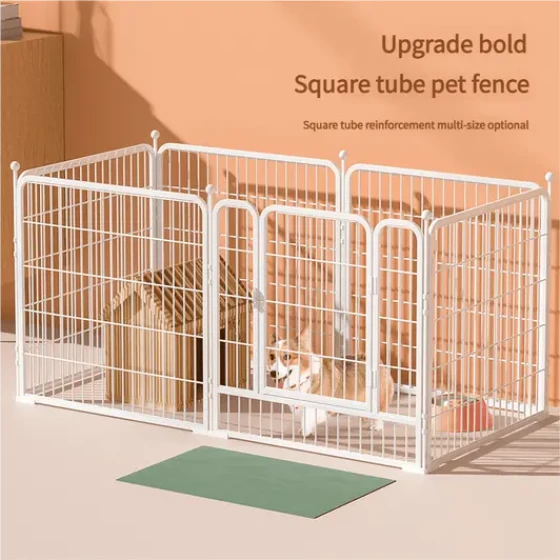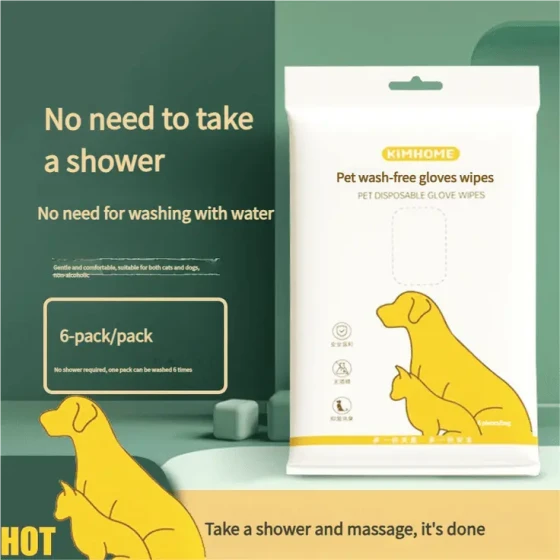Common Feeding Methods for Pets
Feeding pets is an extremely important bond that connects owners to their pets. A good appetite is usually one of the signs that a pet's bodily functions are healthy and in good condition (although this is not always the case; for example, in diseases like hyperthyroidism in dogs and cats, pets can also have a good appetite). The feeding method of pets directly reflects their dietary habits as well as the owner’s lifestyle. Generally speaking, cats tend to eat only small amounts of food at a time, so free feeding — continuously providing fresh food and water — is more suitable for cats. In comparison, dogs are more socialized and tend to eat at fixed times, so feeding with limited total food amount or only at specific times is more common in dog care.

Figure 1 Feeding is the top priority to keep beloved pets healthy
In practice, according to different requirements, common feeding methods include the following:
1. Free Feeding (free choice): Food can be obtained at any time with no quantity limit, and pets can choose freely when to eat. This feeding method reduces the trouble for owners, only needing to replenish food after a period (usually 3 to 5 days). However, this feeding method also has some disadvantages and risks. Free feeding food is usually dry cat (dog) food, and this type of food is high in energy content, making it easy to cause pets to intake too much energy, leading to obesity. In addition, if there are multiple pets in the household, it is difficult to monitor if an individual pet’s food intake is decreasing. Loss of appetite is the first sign of many diseases, so this feeding mode is not conducive to the early detection of pet illnesses.

Figure 2 Providing pets with unlimited food
2. Portion Feeding (quantity limitation): Pets are given a fixed amount of food per day. This feeding method usually involves more than one feeding occasion and does not feed the entire daily amount at once. Feeding a large amount of food at one time increases the risk of gastric dilation and also is not conducive to pets' psychological well-being. Eating is a pleasurable process for pets, and moderately increasing the number of feedings can enhance the pet’s psychological happiness. Through this feeding method, owners can control their pet’s daily calorie intake (assuming no extra treats or the pet has opportunities to scavenge outside) and can observe the pet’s eating habits in more detail, easily noting any changes in appetite or food intake. The disadvantage is that it requires regulating the amount of food and feeding multiple times a day, which can be challenging for busy urban pet owners.

Figure 3 Providing pets with a certain amount of food
3. Timed Feeding (time limitation): This feeding method is based on free feeding, meaning there is no limit on the amount of food, but the food is only provided within a certain time period (usually 15-20 minutes), and leftover food is removed after the time ends. Sometimes this feeding method is combined with portion feeding, where the pet is given a specific amount of food within the time limit, and any remaining food is taken away after the feeding time. Timed feeding usually occurs twice daily. This approach can to some extent prevent picky eating and promote healthy competition for food among pets. If a pet shows disinterest in the provided food, consider switching to another brand of cat (dog) food.

Figure 4 Providing sufficient (or fixed amount) food to pets within a certain time, then removing food even if the pet still has an appetite
The choice of feeding method should be targeted based on the individual circumstances of different pets and the owner’s lifestyle. During different growth stages such as juvenile and adult, and specific physiological and pathological periods like estrus, pregnancy, and disease recovery, feeding methods need to be adjusted appropriately to meet the energy demands of different stages. Additionally, individual differences among pets must be considered. Every pet is unique, and feeding methods suitable for other pet “companions” may not necessarily be appropriate for yours. In practice, pet owners may neglect feeding and the choice of feeding methods to some degree due to time, energy, and other factors, which can have some impact on the health of beloved pets.



